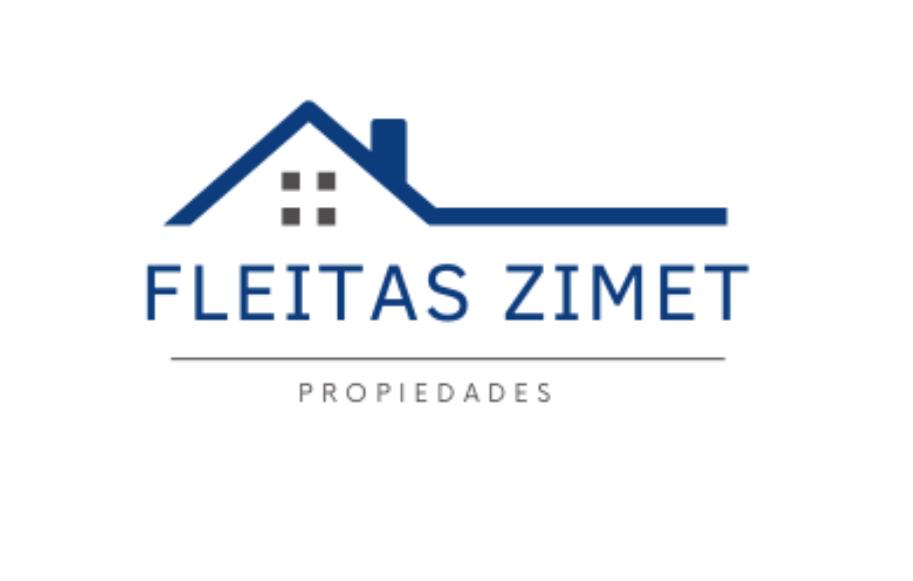Real Estate Valuation: Assets and Projects
Autores: Fernando Zimet y Michelle Fleitas
Idioma: Inglés
The content of the book is the following one:
Contents
1 Introduction 11
2 Real estate characterization 12
2.1 Real Estate Assets Characteristics 12
2.1.1 Definition 12
2.1.2 Importance of Real Estate 12
2.1.3 Real estate types 13
2.1.3.1 Virgin land 13
2.1.3.2 Residential Real Estate 14
2.1.3.3 Commercial Real Estate 15
2.1.3.4 Warehouses 15
2.1.3.5 Shopping malls 16
2.1.3.6 Hotels 17
2.1.4 Real Estate Markets 17
2.1.5 Real estate market focalization 18
2.2 Real estate as an investment 19
2.2.1 Why should I decide to invest in real estate assets? 19
2.2.2 Return from real estate assets 20
2.2.3 Investment Characteristics 23
2.2.4 How to invest in real estate assets 23
2.2.5 How to select the real estate assets to invest in 25
3 Relevant Information 27
3.1 Anti Money Laundery and Terrorism Financing 27
3.1.1 Definitions 27
3.1.2 Importance of anti money laundering and terrorism financing 28
3.1.3 Stylized procedure used in order to launder assets 28
3.1.4 International institutions to combat criminal financial activities 29
3.1.5 FATF recommendations 30
3.1.6 Typical due dilligence 31
3.2 Microeconomics 33
3.2.1 Law of Demand 33
3.2.2 Law of supply 34
3.2.3 Market and equilibrium 35
3.2.4 Real Estate Market 37
3.3 Statistics 39
3.3.1 Histogram 39
3.3.2 Mean, variance and standard deviation 40
3.3.3 Covariance and correlation 41
3.3.4 Central limit theorem 42
3.3.5 Normal distribution function 42
3.3.6 Intervalo de confianza 43
3.4 Finance 45
3.4.1 Financial Market 45
3.4.2 Risk and benefit 45
3.4.2.1 Systematic and specific risk 46
3.4.3 Interest Rates 47
3.4.4 Time Value of Money 47
3.4.4.1 Perpetuity 49
3.4.5 Return Measurement 49
3.4.5.1 Tasa de rentabilidad 49
3.4.5.2 Internal Rate of Return (IRR) 50
3.4.5.3 Annualization of Returns 50
3.4.5.4 Standard Deviation Annualization 51
3.4.6 Cost of Capital 51
3.4.6.1 Capital Asset Pricing Model (CAPM) 52
3.4.7 Capitalization Rate (Cap Rate) 54
3.4.7.1 Net Operating Income (NOI) 54
3.4.8 Risk Measurement: VaR 55
4 Real Estate Markets Worldwide 58
5 Introduction to valuation 59
5.1 Real estate market used as example: Uruguay 61
6 Real Estate Asset Valuation 62
6.1 Value fundamentals 62
6.2 Valuation inputs 64
6.2.1 Asset 65
6.2.2 Rights attached to the asset 65
6.2.3 Market conditions 66
6.2.4 Valuation currency 66
6.3 Reference Assets 66
6.4 Property characterization 67
6.5 Subjective variables 68
6.5.1 Example 68
6.6 Valuation methods 69
6.6.1 Replacement cost 70
6.6.1.1 Tasación del valor de la tierra sin mejoras 71
6.6.1.2 Estimación del costo de las construcciones 72
6.6.1.3 Estimación de la depreciación 72
6.6.1.4 Ventajas y desventajas 74
6.6.1.5 Aplicación práctica 74
6.6.1.5.1 Ejemplo 75
6.6.2 Relative valuation 77
6.6.2.1 Historical methods 78
6.6.2.1.1 Direct Comparison Method 78
6.6.2.2 Hedonic Methods. 79
6.6.2.2.1 Linear Regression 79
6.6.2.2.1.1 Example 81
6.6.2.2.2 Poligonal regression 82
6.6.2.2.2.1 Example 84
6.6.2.2.3 Big Data 87
6.6.3 Income 88
6.6.3.1 Variables to consider for the estimation of future cash flows 88
6.6.3.2 Discounting of cash flows 89
6.6.3.2.1 Discount rate 89
6.6.3.2.2 Cash flows 90
6.6.3.2.3 Terminal Value 90
6.6.3.3 Application 90
6.6.3.3.1 Aplicability of the model in undeveloped financial markets 91
6.6.3.4 Application to real life valuations 91
6.6.3.5 Practical example 92
6.6.4 Valuation Risk 94
6.6.4.1 Replacement cost method 94
6.6.4.2 Relative method 94
6.6.4.2.1 Linear Regression 94
6.6.4.2.2 Poligonal Regression 95
6.6.4.3 Income method 95
6.6.5 Valuation election method 96
7 Real Estate Project valuation 98
7.1 Intrinsic Valuation 98
7.2 From stories to numbers 99
7.3 Cash Flow elements 99
7.4 Financing effect 99
7.5 Definitions 101
7.5.1 Conventions 101
7.5.2 Planning Horizon 101
7.5.3 Decision Criteria 101
7.5.3.1 First Exception: size differences between projects 102
7.5.3.2 Second Exception: many IRRs might exist for a project 103
7.5.3.3 Third Exception: cash flow reinvestment 104
7.5.3.4 Fourth exception: Different useful life between projects 105
7.6 Assigning value to a project 106
7.6.1 Valuation currency 107
7.6.2 Discount rate 107
7.6.2.1 Costo de la deuda 108
7.6.2.2 Cost of equity 109
7.6.2.2.1 Global financial market arbitrage 109
7.6.2.2.1.1 Risk Free Rate 109
7.6.2.2.1.2 Equity Risk Premium (ERP) 111
7.6.2.2.1.3 Risk exposure (i) 115
7.6.2.2.1.4 Calculation of the required rate of return for a real estate project in Uruguay 119
7.6.2.2.1.5 Depends, it depends... 120
7.6.2.2.2 Domestic market data 120
7.6.2.2.2.1 Cost of capital estimation 121
7.6.2.2.3 Why is there such a difference? 123
7.6.3 Initial investment 124
7.6.4 Revenues 125
7.6.5 Expenditures 125
7.6.6 Terminal Value 126
7.6.7 Selection criteria for investment projects 128
7.7 Introduction to risk measurement in investment projects 128
7.7.1 Deterministic method 129
7.7.2 Probabilistic method 130
7.8 Valuation example 130
7.8.1 Relative to the buying of the apartments 131
7.8.2 Regarding the renovation 132
7.8.3 Regarding the apartment sale 132
7.8.4 Apartments' maintenance costs 133
7.8.5 Definitions 133
7.8.6 Discount rate 133
7.8.7 Initial investment 134
7.8.8 Cash outflows of the project 134
7.8.9 Cash inflows from the project 135
7.8.10 Terminal value of the project 135
7.8.11 Taxes 137
7.8.12 Financial Analysis 137
7.8.12.1 From the point of view of the Project as a whole 138
7.8.12.2 From the investor's point of view 140
